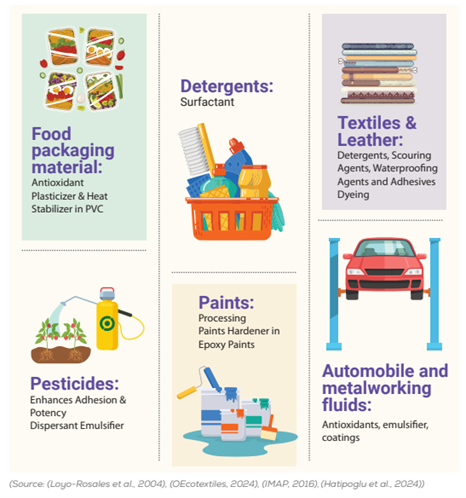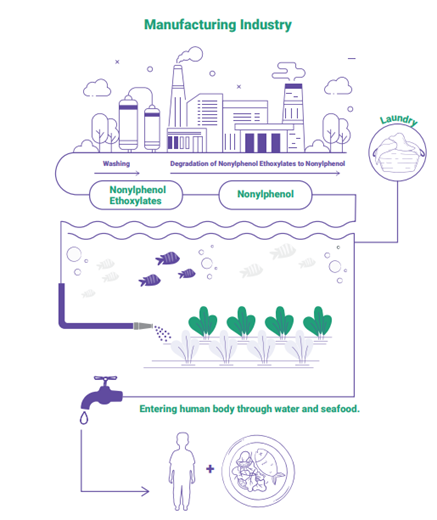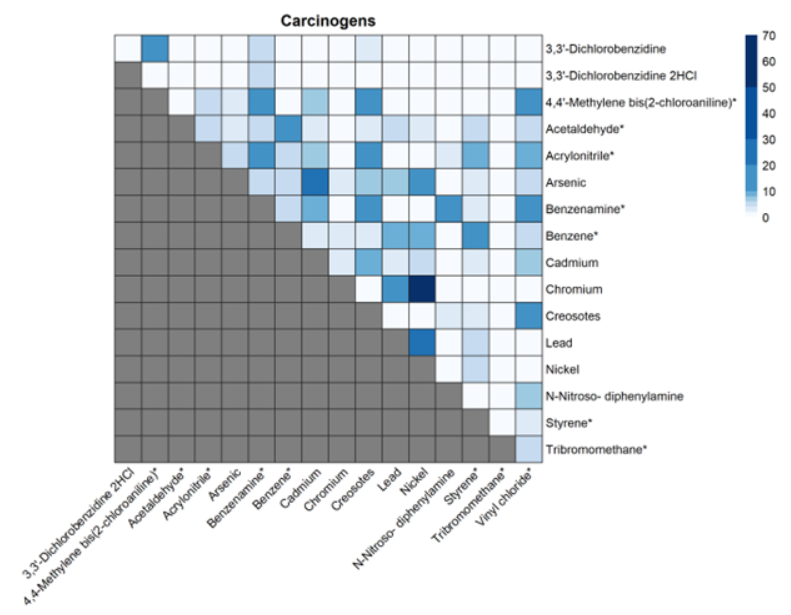What’s new: Last month, the Environmental Protection Agency (EPA) withdrew a proposed rule covering 18 new chemicals, which would have paused industry efforts to turn toxic oils from plastic waste into fuel until the agency could review their health risks. Companies make these oils through pyrolysis, a controversial process that essentially burns plastic waste—often full of toxic additives like lead, phthalates and PFAS—at high temperatures. Industry has sought for years to re-brand this inefficient and dirty process as “advanced recycling”—a false solution to the plastic waste crisis.
Why it matters: In 2022, the EPA approved the production and use of the 18 chemicals despite significant health risks documented in the agency’s own analysis. These risks include an up-to 1-in-4 lifetime cancer risk—250,000 times greater than what the EPA typically considers acceptable. It was only after residents near the facility in Pascagoula, Mississippi that received the approval learned of these risks and filed a lawsuit that the EPA finally pulled it back.
As damning as the EPA’s 2022 analysis was, it almost certainly underestimated the true risks of the 18 chemicals by failing to consider the known health risks of toxic additives such as lead, PFAS and dioxins commonly found in waste-plastic pyrolysis oils. In response to mounting pressure, the EPA issued the proposed rule in 2023 to address these additional risks. Because it is nearly impossible to make fuels from these oils that are free from toxicants, the rule had an immediate chilling effect on industry investment in “advanced recycling” that’s thawing now that it has been withdrawn.
Our Take: The proposed rule was effective because it would have required companies to notify the EPA before producing and using the new chemicals when they contain toxic plastic additives by designating it as a significant new use. This designation also would have given the agency time to evaluate potential risks to human health and the environment—and mitigate them if necessary.
The proposed rule was also significant because it represents the first time the EPA officially acknowledged that waste plastic-derived pyrolysis oils contain toxic additives “known to cause cancer and harm the reproductive system, among other health effects.” While we believe this rule (and the list of toxic chemicals requiring review) did not go far enough—and submitted comments to the EPA in 2023 explaining why—it was a big step in the right direction.
What’s the problem with so-called “advanced recycling?” Although industry touts “advanced recycling” as a solution to the plastic waste crisis, the process has major flaws. Not only does it fail to recycle anything, but it also rarely results in new plastic products. To make matters worse, the oils it produces are so toxic that their use is highly limited. Continued investments in “advanced recycling” will lock us into burning more polluting fossil fuels that contribute to climate change. Instead of spending its resources propping up this toxic scam, industry could devote them to developing truly innovative and safe solutions.
What’s next? With the rule now out of the way, the EPA is likely to reissue its approval of the 18 chemicals and propose a new set of “rules” that would ignore both the known cancer risks and the additional risks from the highly toxic additives. This would be an unacceptable outcome for public health. The agency must consider the full picture of risk—not just part of it.
With industry actively pushing to develop new facilities across the country—and simultaneously seeking exemptions from other pollution limits for facilities like the one in Pascagoula—the EPA’s reversal opens the door to more pollution and greater harm to both people and the environment. We must hold both the EPA and industry accountable to ensure these plastic waste-derived new chemicals filled with dangerous toxins are not approved—and that any future rules protect people and the environment from unreasonable risk.
To learn more about the health risks of “advanced recycling,” check out this recent Instagram reel by Sarah Vogel, Senior Vice President of Healthy Communities.














